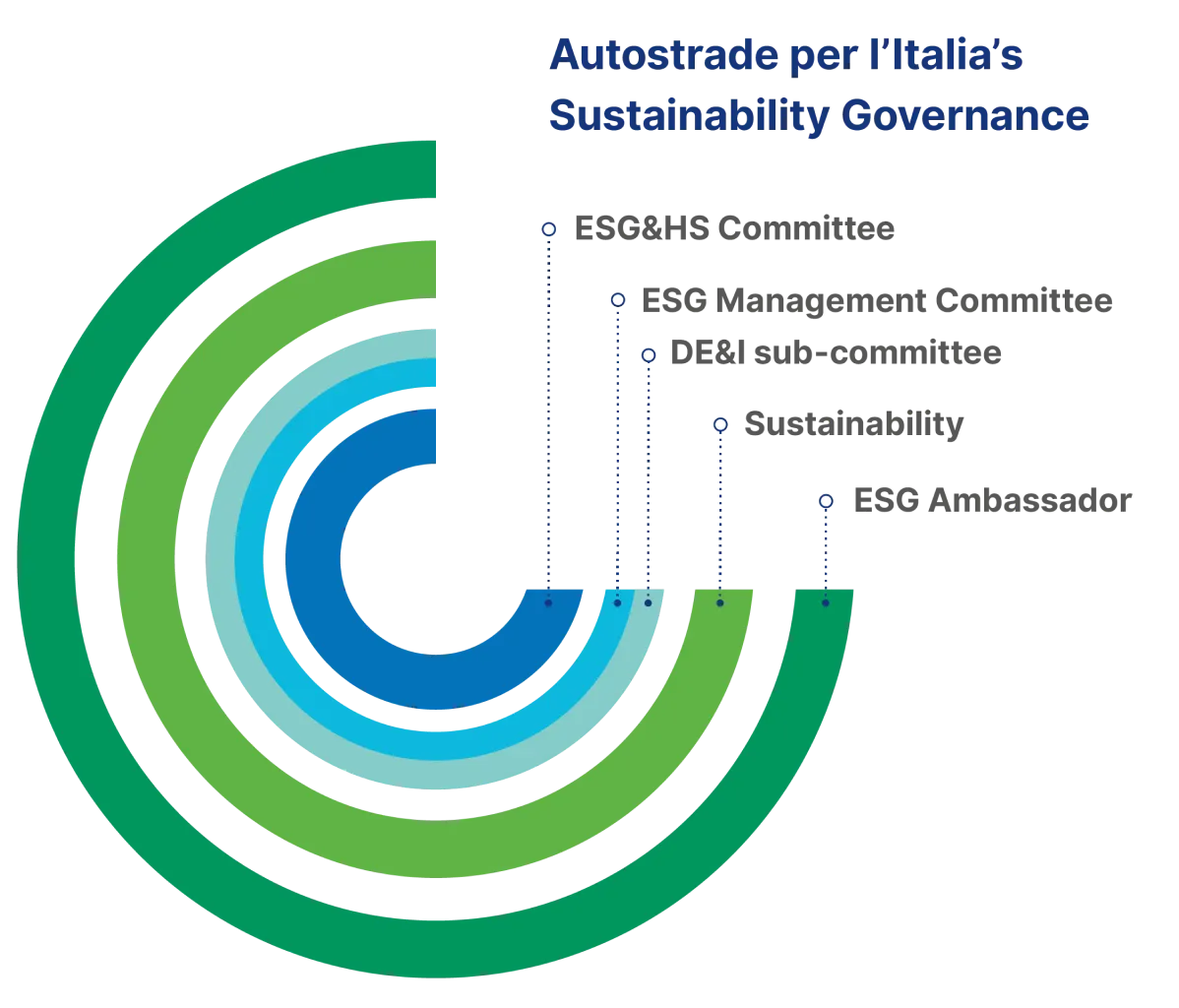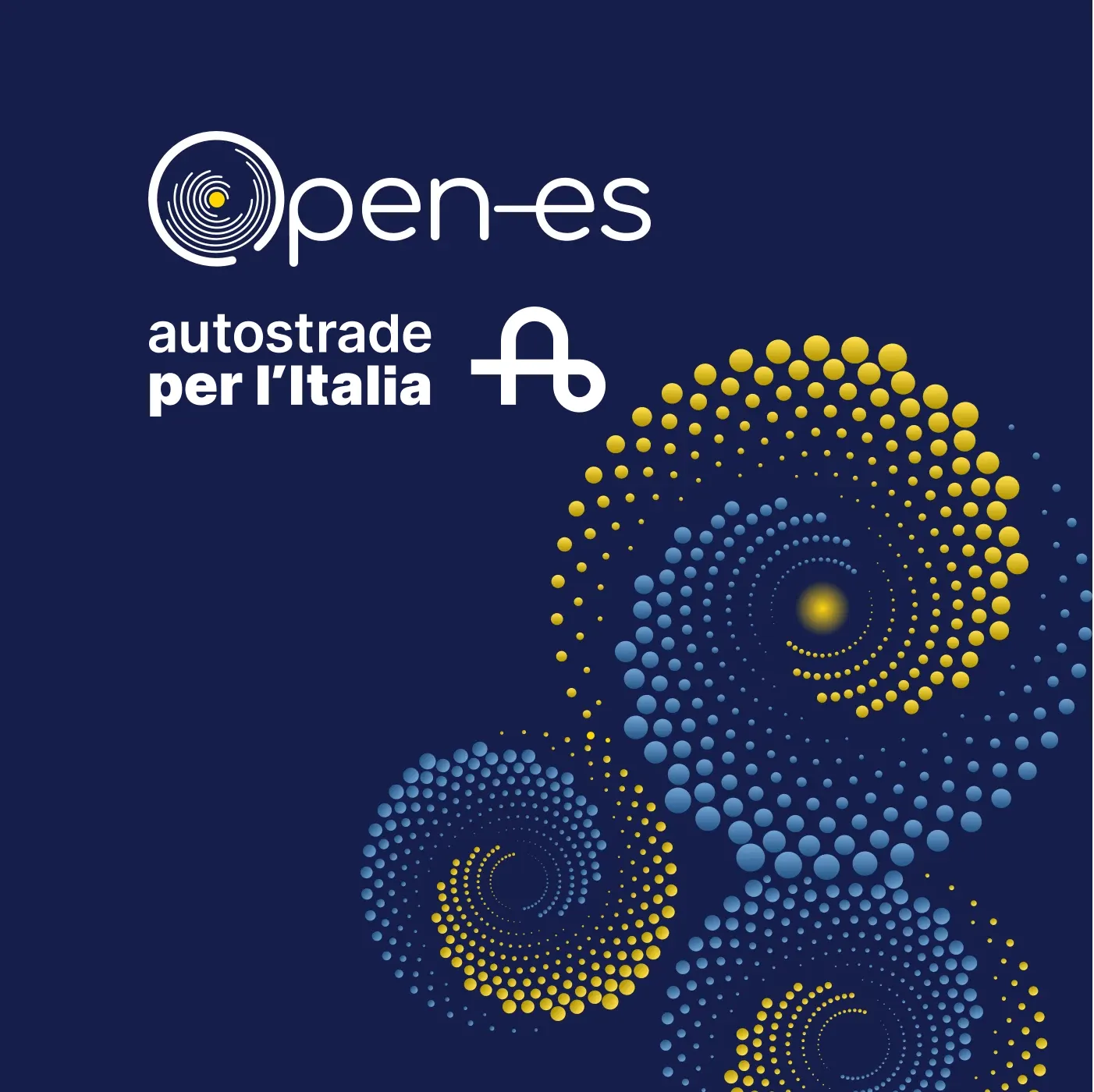Governance
The Group operates responsibly in compliance with the principles of legality and transparency and bases its sustainability model on governance that is aligned with best practices and extended to all levels of the organization.
The ESG&HS Committee, composed of members of the Board of Directors, among other things, supports the Board in reviewing and evaluating sustainability initiatives.
The ESG Management Committee, chaired by the Chief Executive Officer, proposes ESG guidelines to the ESG&HS Committee (for the purposes of its support to the Board) and ensures the monitoring of the progress of the Sustainability Plan. The Diversity, Equity & Inclusion subcommittee also operates within the Committee.
The Sustainability function supports the implementation of ESG initiatives and monitors the progress of the Sustainability Plan through dedicated KPIs and objectives. It is also responsible for sustainability reporting in accordance with current regulations and standards (Corporate Sustainability Reporting Directive - CSRD).
ESG Ambassadors identify and promote new initiatives in line with ESG guidelines and support the Sustainability function in all its responsibilities, promoting the Group's ESG culture within their respective structures. The Sustainability function is supported by the Sustainability Office, which provides operational support to the Sustainability function and the ESG Ambassadors.

Best Practice
The Autostrade per l'Italia Group promotes a corporate culture based on integrity, transparency and responsibility, and adopts strict policies to prevent and detect unethical behaviour. It also promotes ongoing training on business ethics principles and strongly encourages any irregularities to be reported through secure whistleblowing channels.
- 100%
Contracted and qualified suppliers registered on the Open-es platform
- 50%
Inclusion of ESG rewarding criteria in private procedures awarded to the most economically advantageous bidder
- 8 ISO schemes
- Publication of the
Zero Corruption Manifesto - Publication of the
Suppliers Code of Conduct - Publication of the
Stakeholder Engagement Policy - Publication of
15 Guidelines between 2022 and 2024
Innovation and digitisation
The Group promotes innovation, research and development actions, integrating advanced technologies to improve the level of infrastructural safety and sustainability and support the mobility of the future
Find out moreSupply chain
The Group integrates ESG elements into procurement by adopting a management/assessment model to support the development of the supply chain.

Open-es
As part of an ESG-oriented review of all phases of the supplier relationship, the Open Es digital platform was adopted for the selection of suppliers according to ESG parameters, awarding a specific score.
Rewarding criteria
- Possession of certifications
- Use of low-emission machinery
- Willingness to use green materials
- Health and safety-oriented solutions

